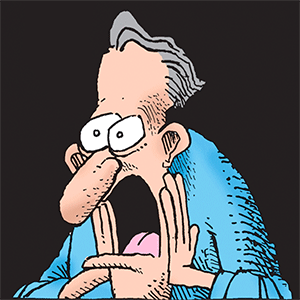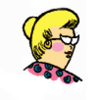Pilgrimage and revolution: How Cesar Chavez married faith and ideology in landmark farmworkers' march
Published in News & Features
Catholicism offered a ready-made bridge between Mexican and Filipino farmworkers. Seemingly “secular” labor issues could easily be framed through religious and moral language. Chavez’s commitment to foregrounding religion in his commitment to nonviolence took a page from Martin Luther King Jr.’s playbook.
The pilgrimage to Sacramento began on March 17, 1966, under a banner of Our Lady of Guadalupe. Guadalupe – a representation of the Virgin Mary, which, according to Catholic tradition, originated in 1531 – has long stood as Mexico’s most ubiquitous symbol of national and religious protest.
Along with the banner Our Lady of Guadalupe, a star of David and a cross were featured as prominent religious symbols in the pilgrimage. The larger meaning of the cross, when carried near the worn and wearied Chavez hobbling along with the help of a cane, was not at all lost on farmworkers. Later ballads captured this striking allusion to the Passion of Jesus by describing Chavez as a suffering prophet and messianic figure who would sacrifice everything to bring about justice for farmworkers.
Despite the prominence of Catholic iconography, the pilgrimage remained an interfaith endeavor. Rabbis, Catholic priests and Protestant clergy stood as some of the farmworkers’ staunchest supporters.
Support to lift the spirit of the marchers came in a multitude of ways. For example, after a day of marching, El Teatro Campesino, a theater group established by playwright Luis Valdez, and enthusiastic supporters put on rallies filled with food and music. One historian recorded that these raucous celebrations resembled religious revivals, much like the ones Chavez had noted in Pentecostal church services.
In his 1975 autobiography, Chavez described attending one such service in Madera, in the heart of California’s Central Valley, in 1954. The young labor organizer recalled:
“In that little Madera church, I observed everything going on about me that could be useful in organizing. Although there were no more than twelve men and women, there was more spirit there than when I went to mass where there were two hundred.”
Pentecostal music, unlike typical church music of the time, redeemed the fiesta of secular Mexican music by sanctifying musical genres then thought to not be fit for religious services. Chavez would have immediately noticed a striking contrast between demonstrative Pentecostal worship and the staid music of Catholicism in the pre-Vatican II years.
Almost a decade after the pilgrimage, Chavez mused:
“Today I don’t think I could base my will to struggle on cold economics or on some political doctrine. I don’t think there would be enough to sustain me. For me, the base must be faith.”
Faith sustained Chavez on his pilgrimage 57 years ago. On Easter Sunday 1966, Chavez ascended the steps of the California State Capitol upon the completion of the pilgrimage. By then, the aim of securing the farmworkers with their first-ever union contract with a grower had been completed.
This article is republished from The Conversation, an independent nonprofit news site dedicated to sharing ideas from academic experts. Like this article? Subscribe to our weekly newsletter.
Read more:
The patriotic Virgin: How Mary’s been marshaled for religious nationalism and military campaigns
What Americans hear about social justice at church – and what they do about it
Lloyd Daniel Barba does not work for, consult, own shares in or receive funding from any company or organization that would benefit from this article, and has disclosed no relevant affiliations beyond their academic appointment.







Comments